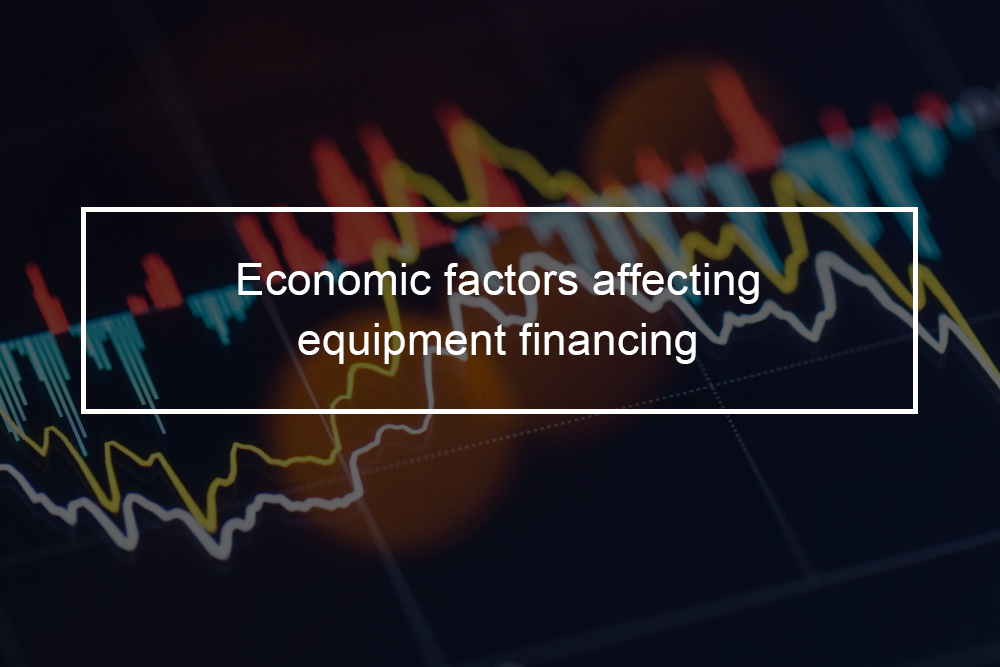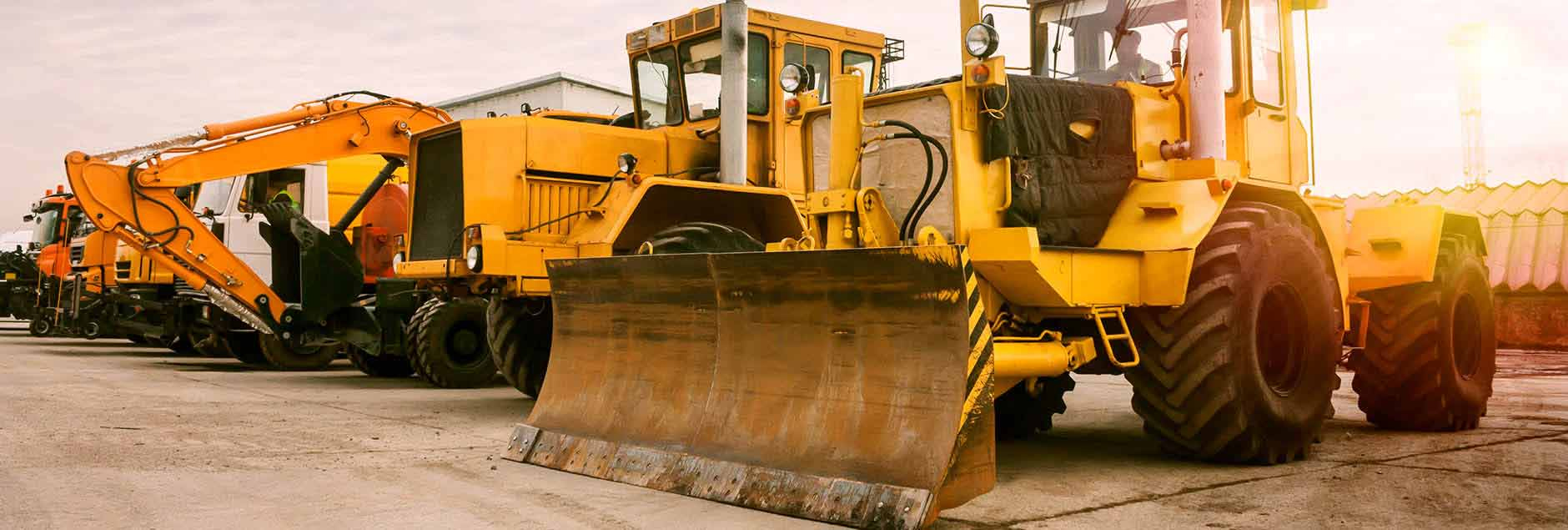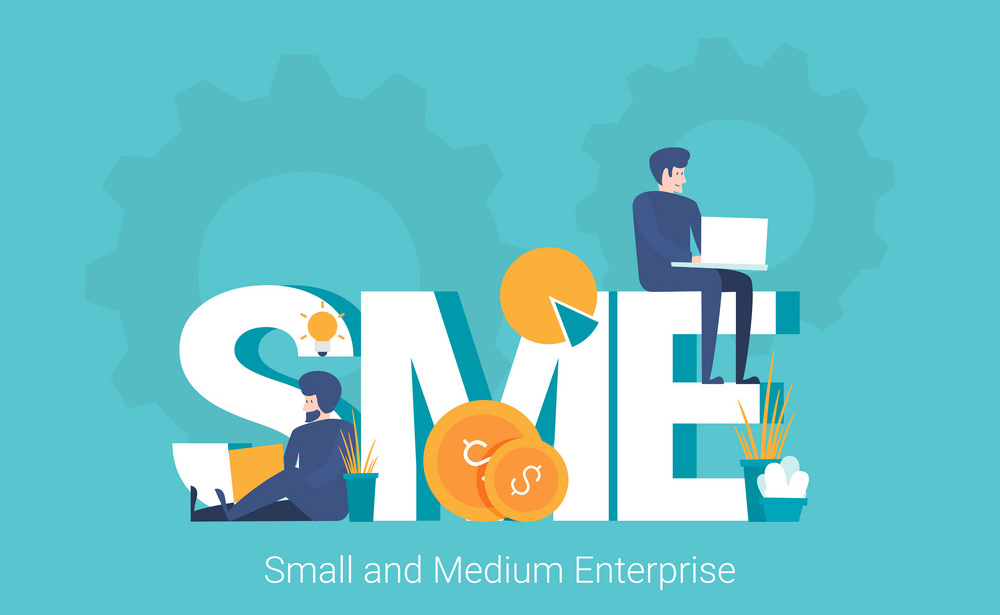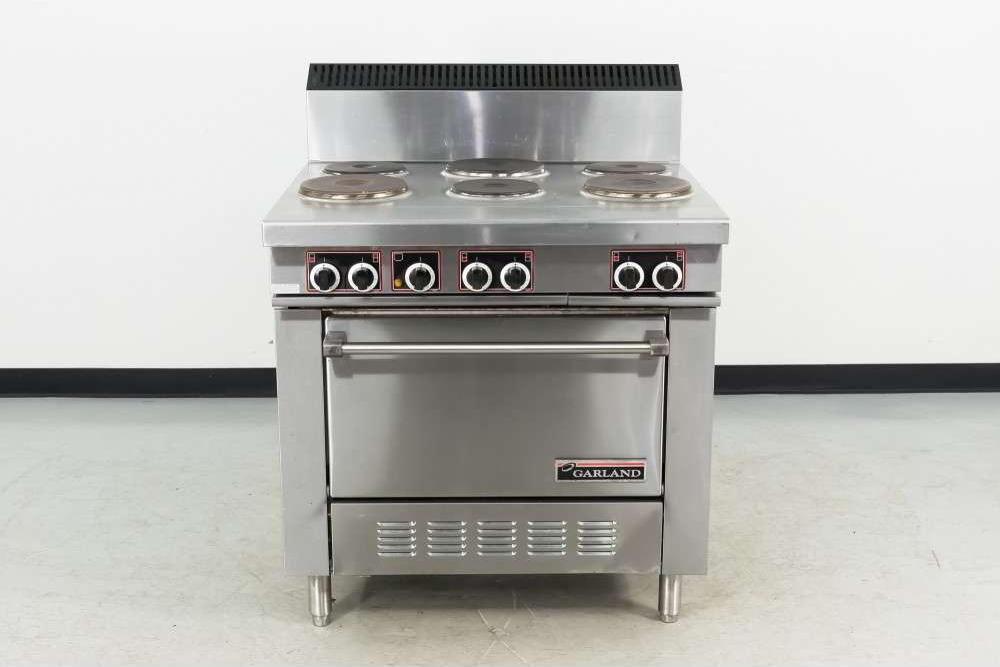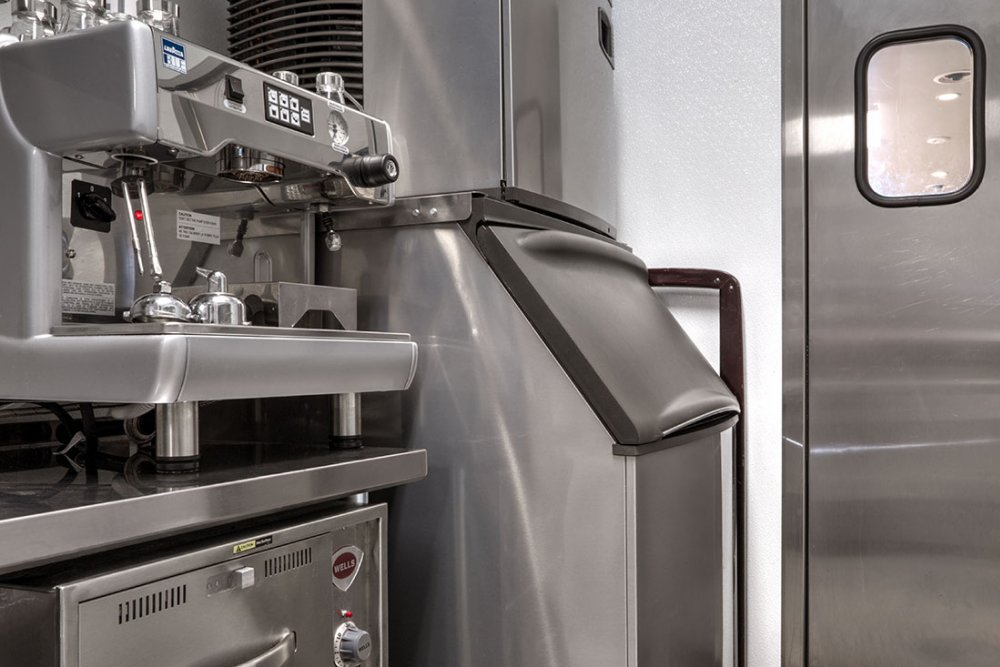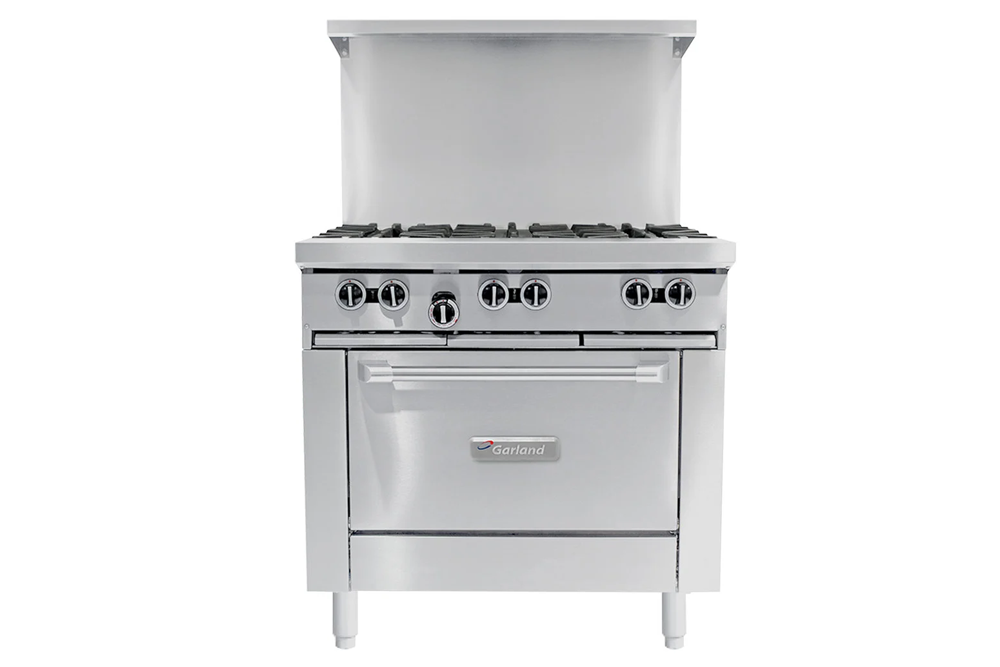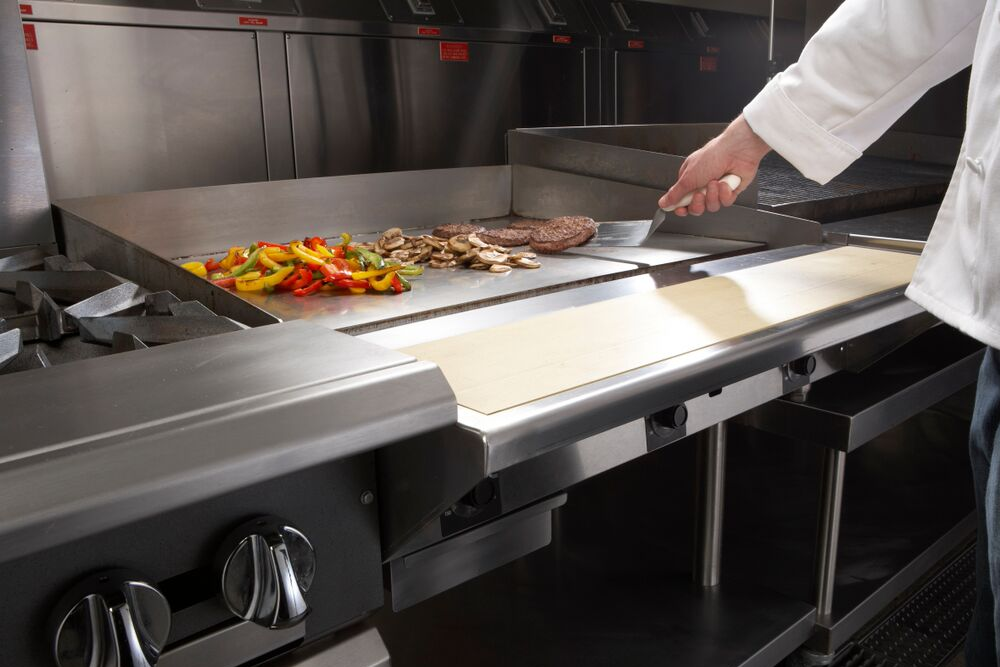The demand and supply of equipment financing loans rest on several factors: loan term restrictions, the interest rate, and, most importantly, the economic outlook of a country. When the economy grows, the demand for equipment financing increases as the businesses look to take advantage of the increased opportunities. The increased demand also prompts the fact that the lenders are more willing to provide loans at agreeable terms. But during economic slowdowns, there is concern over possible losses among lenders, and they offer loans at much more stringent terms. Business owners, mainly small business owners, find it very hard to get equipment financing in favorable conditions.
Demand & supply for equipment financing in the U.S.
If a business, whether small or large, has a project in hand with the possibility to fulfill its profit qualifications, it will consider external funding options such as business equipment loans. The lenders examine the business’s return projections and potential threats. They compare the borrower’s business proposal against other propositions. Few big businesses weigh the debt amount against selling an equity stake.
As stated above, companies undertake projects that are risk-adjusted and hold potential for high revenue. The higher the number of such profitable projects, the stronger the company’s desire to seek equipment financing. One can safely surmise that a company with numerous projects that promise high returns after sufficient risk assessment will be keener to get equipment loans than the business with comparatively fewer projects. Generally, when economic growth is on an upward trajectory, companies will find more profitable projects. When the trajectory of economic growth begins to sink, the probability of getting more projects goes down as well. As the national economy swings, the demand and supply for business equipment financing loans change as well.
Likely effect of economic fluctuations on small business accessing equipment financing
Over a business cycle, small business borrowing, including equipment loans, is likely to fluctuate. Normally, as the economy slows down, lending declines. Business financing tends to pick up during an economic recovery. An economic slowdown (recovery) could have several effects on small businesses accessing equipment financing.
- As lenders become more (less) risk-averse, they could decline (agree) to make loans that they would have made at other times. Small Business Administration loan guarantees might offset this caution during a slowdown and help small businesses to expand.
- An economic slowdown (recovery) could reduce (increase) the risk-adjusted profitable opportunities for small businesses to invest, reducing (increasing) small businesses’ demand for equipment financing.
- Small businesses might become more (less) risk-averse and decline (decide) to undertake projects with risk and profit characteristics that previously would (not) have been initiated.
- The economic fluctuation impacts the collateral values as well. For example, the collateral value for financing a piece of equipment might be low during the slowdown period compared to when the economy is healthy.
What economic factors affect equipment financing?
While each element has been briefly explained independently here, please note that each element listed below are intertwined with each other.
Economic slowdown
Economic slowdown slows the flow of money. Lack of cash flow results in an accelerated number of bankruptcies, mainly for SMEs requiring late-stage funding. Too many bankruptcies discourage venture capitalists and banks, and other lenders from providing equipment financing to small businesses until the economy turns around. As the economy slows down, lending money to businesses (including SMEs) declines. Business loans, including equipment financing, tend to pick up as the economy recovers.
Inflation
Inflation indicates the rate at which the price of services and goods increases in a country. It enables entrepreneurs to know whether doing business in the current economy will be cheaper or costly for them. When inflation in the economy booms, the goods get more costly, which lowers the individuals’ purchasing power. The result is- higher interest rates on loans and a decrease in demand for equipment financing. Inflation has a considerable impact on the prevailing interest rate and monetary policy.
Players that influence the U.S. economy
Several sections drive the economy of a country. These sections are financial institutions, banks, enterprises, stock markets, borrowers (personal and business), and lenders. All of these players are interlinked with one another. Any change with one segment has a ripple impact on all the other segments as well. For example, any disruption in the stock market could make the interest rates go high, which in turn could impact the state of business equipment loans in the U.S.
Interest rate changes
One factor that significantly impacts the demand and supply of equipment financing is the industry’s prevailing interest rates. High-interest rates hamper the rate of national economic growth. A higher interest rate indicates a rise in interest payments, discouraging borrowers from applying for equipment financing. When the national economy is steady, and interest rates are low, business owners are motivated to avail business equipment loans.
Monetary policy of the country
Monetary policy denotes what the Federal Reserve, the nation’s central bank, does to influence the amount of credit and money in the U.S. economy. What happens to money and credit affects interest rates (the cost of credit) and the U.S. economy’s performance. If the economic growth is stable with sufficient liquidity, then the interest rates on equipment loans are lower. Note that the monetary policy is implemented depending on the country’s current financial health and the state of inflation.
Impact of SMEs on the Economy
Startups have gradually grown to become a vital part of the U.S. economy. These businesses have contributed to the development of the nation’s economy and created more employment opportunities. People who found it difficult to be employed in large firms can now find jobs in these small companies. The increased presence of SMEs resulted in a reduction in unemployment, thereby influencing the country’s socio-economic growth.
Generally, the number of startups has increased gradually. The numbers are even anticipated to grow further in the coming years. As the influence of these startups has grown, the government and the financial players in the private sector have identified these small businesses’ value. While it was challenging for small companies to gain equipment financing a decade ago, things have changed now, and there are various support systems set in place to support the budding entrepreneurs.
How do small and large businesses differ?
For many purposes, SBA denotes a small business as one with 500 or fewer staff. Small businesses typically have fewer staff than large businesses. They have less equipment, fewer assets, and undertake smaller projects. Thus, a representative small business needs to raise less capital than a large business in the same industry.
On the one hand, small businesses cannot take advantage of economies of scale in raising capital. For instance, a small business borrowing equipment loan of $10,000 may pay a higher interest rate than an equally risky large business borrowing $10 million. On the other hand, big companies may find only a few lenders who can accommodate their equipment financing needs, while small businesses may borrow from several lenders. Those concerned about the accessibility of financing to small businesses often suggest a number of reasons that small businesses might pay a higher interest rate or face more qualifications to get equipment financing than an equally creditworthy larger business. These include the following:
- Small businesses are thought to be more influenced by swings in the economy and consequently are riskier.
- Generally, small businesses have a higher failure rate than comparable larger companies and consequently are riskier.
- Potential lenders have a tough time evaluating how creditworthy a small company is. There are great differences between small companies in the same industry and many reasons for borrowing money. This variation makes it hard to develop general standards that can be applied to all small businesses.
- There is limited reliable financial data on many small businesses. Many small businesses are young and have a short credit history, while most have not been through a full business cycle. The majority of small businesses are privately owned and do not post current, detailed financial information. Many small businesses use employees instead of independent accountants to create financial reports.
- Small businesses have less collateral to pledge for a loan than do large businesses. This can lead to lenders (and the SBA) requiring owners to pledge personally owned real estate as collateral.
Financial institutions like commercial banks that have ongoing relationships with small businesses are regarded by many to have an advantage in lending due to their experience working with small businesses. The history between a small business and the bank that serves it gives the bank information on the managers, owners, markets, and potential of the loan applicant that is not available to other lenders. This can result in better lending decisions and may facilitate monitoring the company’s financial health, which lowers the lender’s risk. In conclusion, whether through economic expansion or a desire to replace aging equipment, more finance professionals take a closer look when deciding on new equipment financing. Decisions such as purchase versus lease, the type of lease, and economic factors, can all have consequential effects on an organization’s bottom line.

